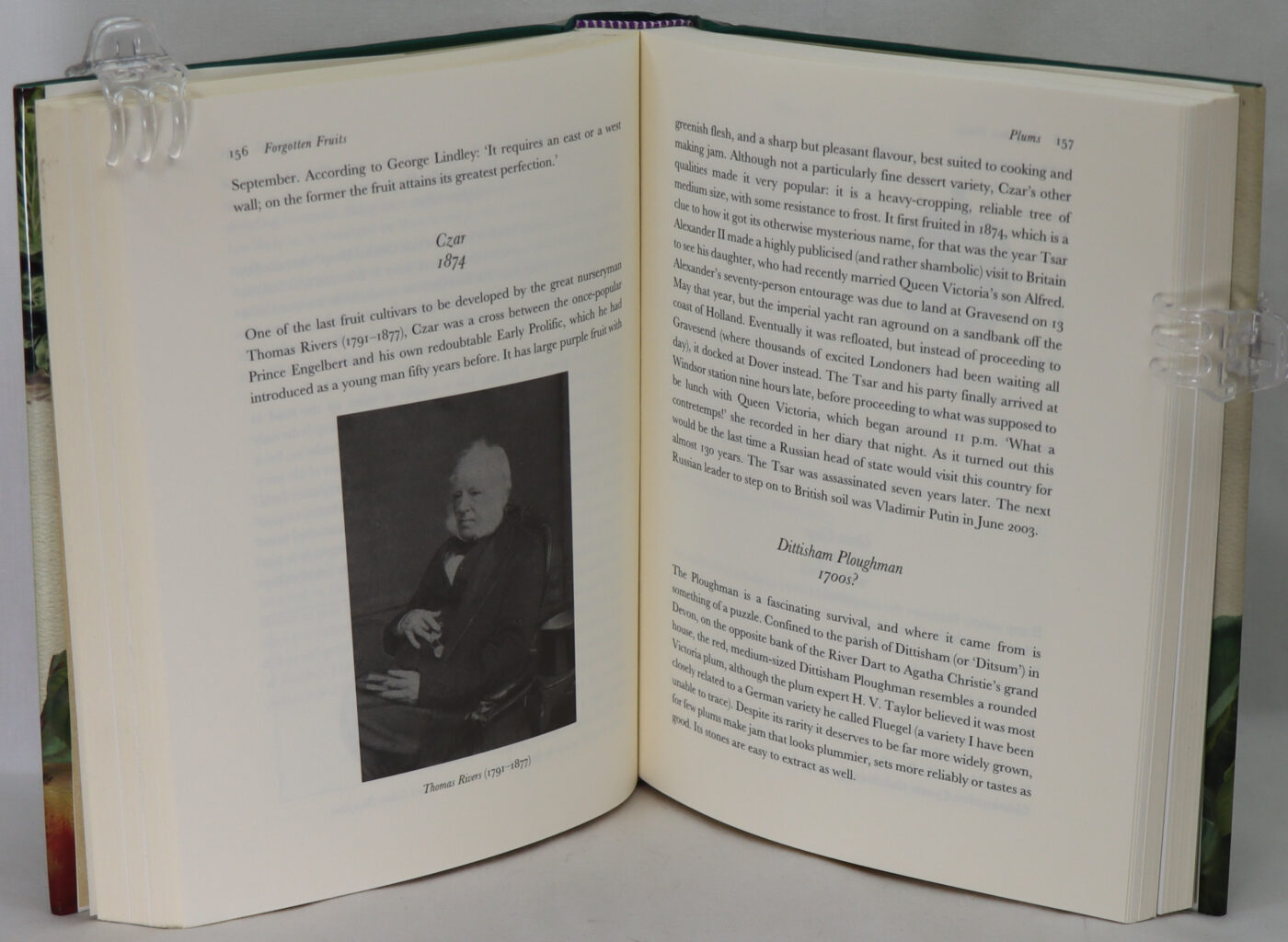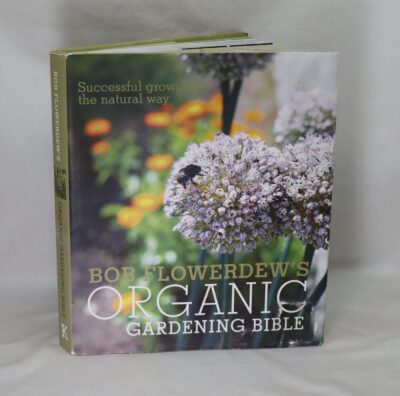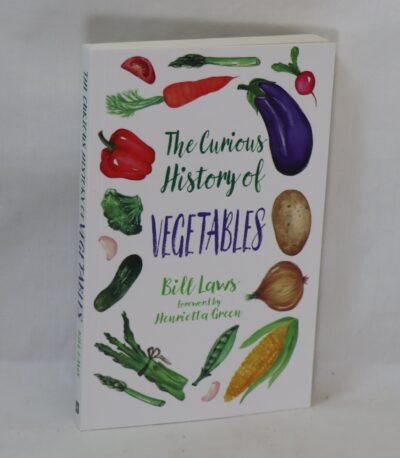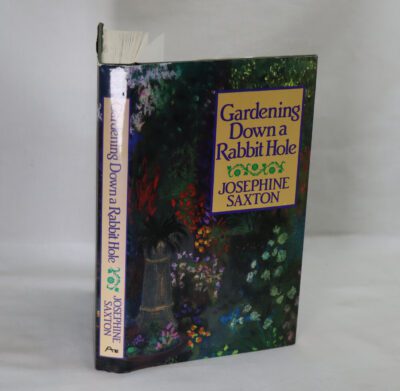Forgotten Fruits.
By Christopher Stocks
ISBN: 9781409061977
Printed: 2008
Publisher: Random House. London
| Dimensions | 17 × 22 × 3 cm |
|---|---|
| Language |
Language: English
Size (cminches): 17 x 22 x 3
Condition: Fine (See explanation of ratings)
Your items
Item information
Description
In the original dust jacket. Green cloth binding with gilt title on the spine.
We provide an in-depth photographic presentation of this item to stimulate your feeling and touch. More traditional book descriptions are immediately available
- Note: This book carries a £5.00 discount to those that subscribe to the F.B.A. mailing list
First Edition. For conditions please view our photographs. In an era when supermarket conformity rules, it is refreshing to discover that there are still wonderful, traditional varieties of fruit and veg out there waiting to be grown and tasted. What about Glaskin’s Perpetual rhubarb, quick to settle in and ready to be cut in its first year? Or Alderman peas, deliciously sweet even when they reach the size of marbles? Not to mention Ashmead’s Kernel apple, as devoured and praised by Hugh Fearnley-Whittingstall: ‘exploding with champagne-sherbet juice infused with a lingering scent of orange blossom’.But “Forgotten Fruits” is more than a guide to these unusual varieties. It’s also a fascinating work of natural and social history. Did you know, for example, that beetroot was instrumental in ending the slave trade? Or that observing gooseberries helped Charles Darwin to arrive at his theory of evolution? Or that there are over 2,000 varieties of cooking and eating apples in Britain alone? If you want to grow a bit of history in your garden, if you’d like to get a real taste of the huge variety of local produce that Britain has to offer, or even if you just want to find out a bit more about how rural life in the UK has evolved over the past centuries, “Forgotten Fruits” will prove irresistible – and enlightening – reading. The book has been read, but is in excellent condition.
Want to know more about this item?
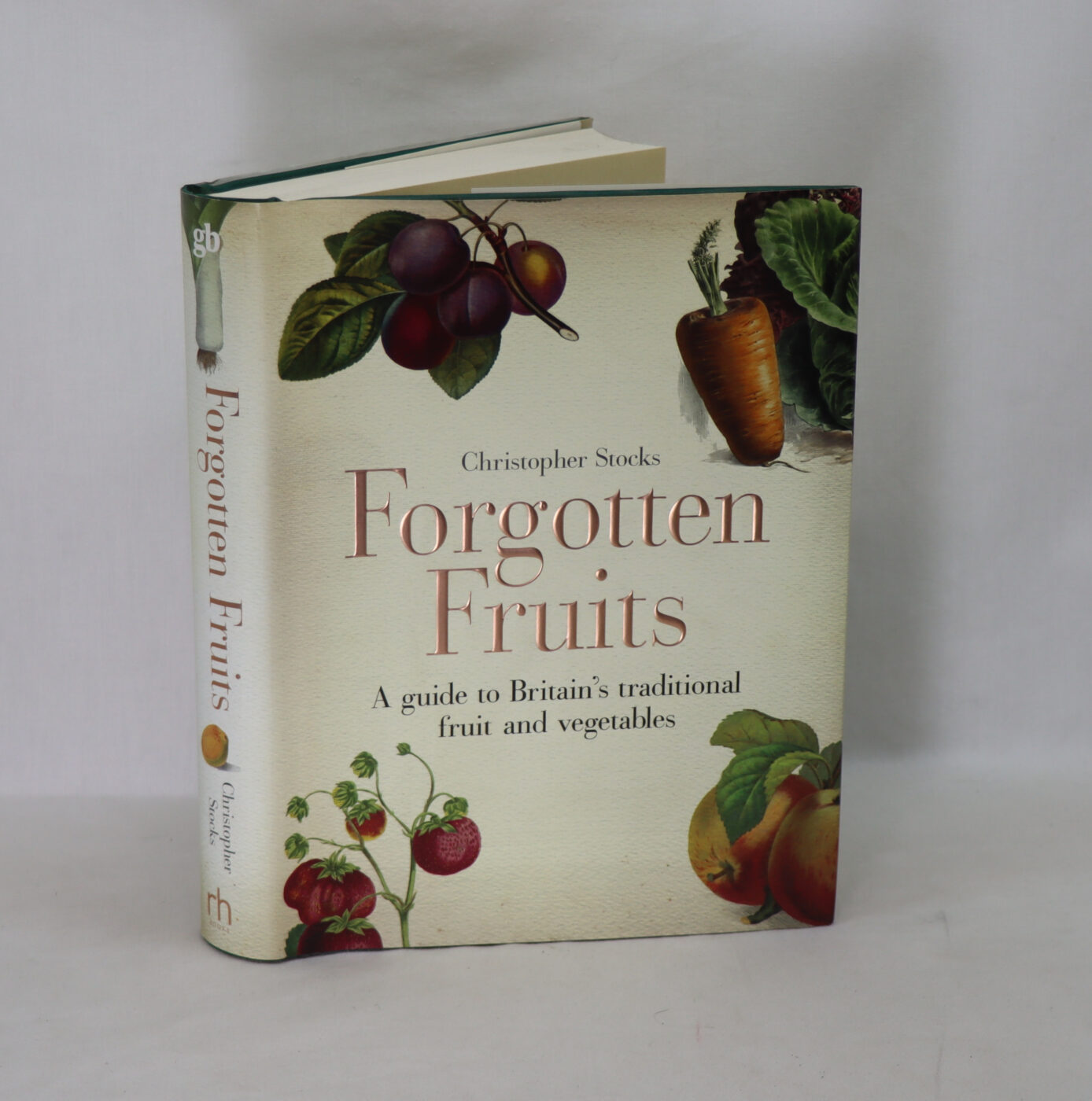
Share this Page with a friend


